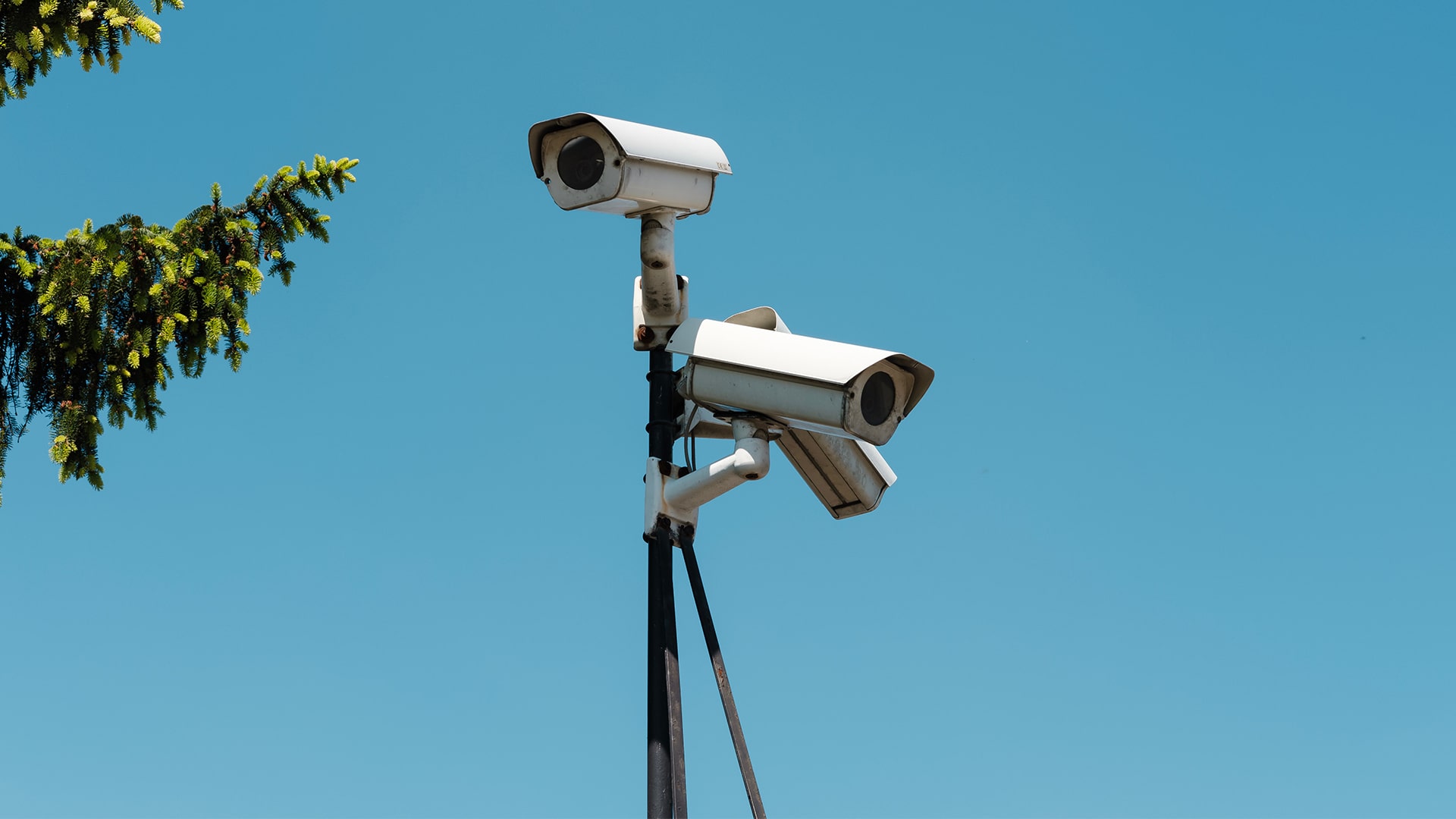



Our cutting-edge CCTV solutions are designed to enhance safety and monitor your premises effectively. With expert installation and 24/7 support, we ensure peace of mind for both residential and commercial clients.
We offer professional CCTV installation services to secure your property with seamless and efficient surveillance solutions
Read MoreCCTV configuration involves setting up cameras, adjusting settings, and integrating systems for optimal surveillance and monitoring.
Read MoreWe offer comprehensive CCTV maintenance services to ensure optimal performance and longevity of your security systems.
Read MoreWe offer prompt and professional CCTV repair and maintenance services to keep your security systems running smoothly.
Read MoreCCTV monitoring provides real-time surveillance to enhance security and deter potential threats.
Read MoreCCTV access control integrates surveillance with secure entry management, ensuring .
Read More
"BHOOMI Enterprise exceeded my expectations! Their attention to detail and dedication were remarkable."

"The team was professional and efficient. I highly recommend their services to anyone!"

"I am thoroughly impressed with the quality of service from BHOOMI Enterprise. They are reliable, efficient, and a pleasure to work with."

"Great experience! BHOOMI Enterprise truly cares about their clients and their work."
Ambedkar nagar sadalaga
bhoomienterprise@gmail.com
+91 966 382 8637
© Your Site Name. All Rights Reserved.
Designed by Sujit Malage